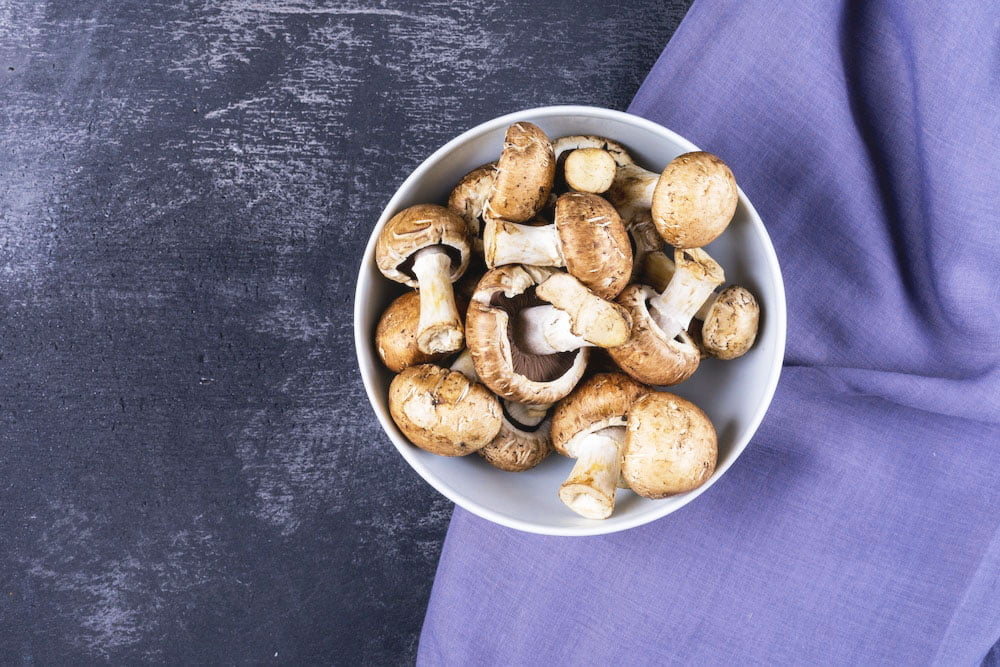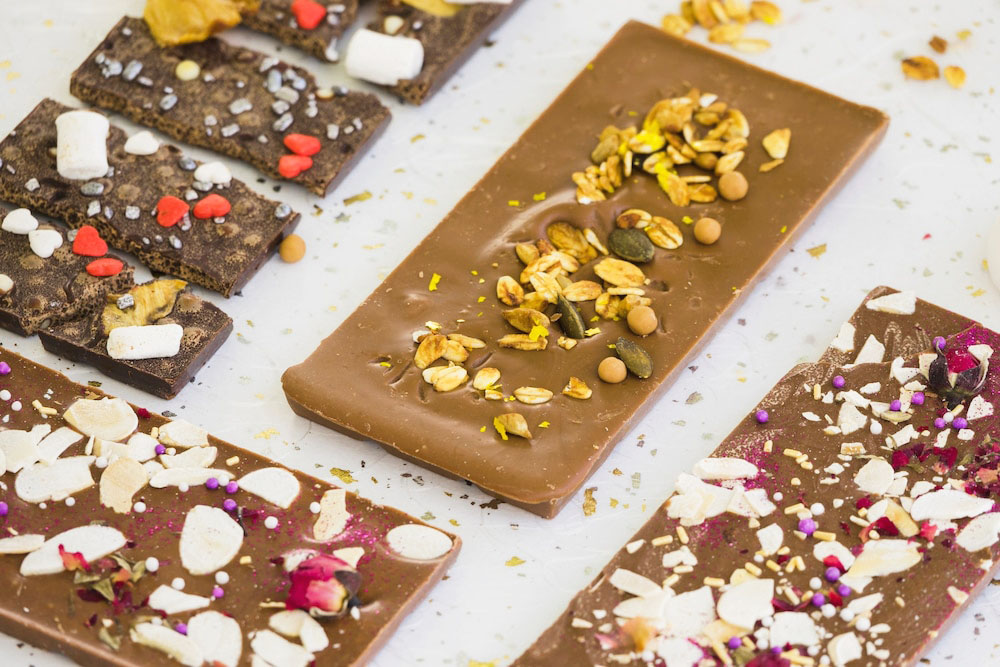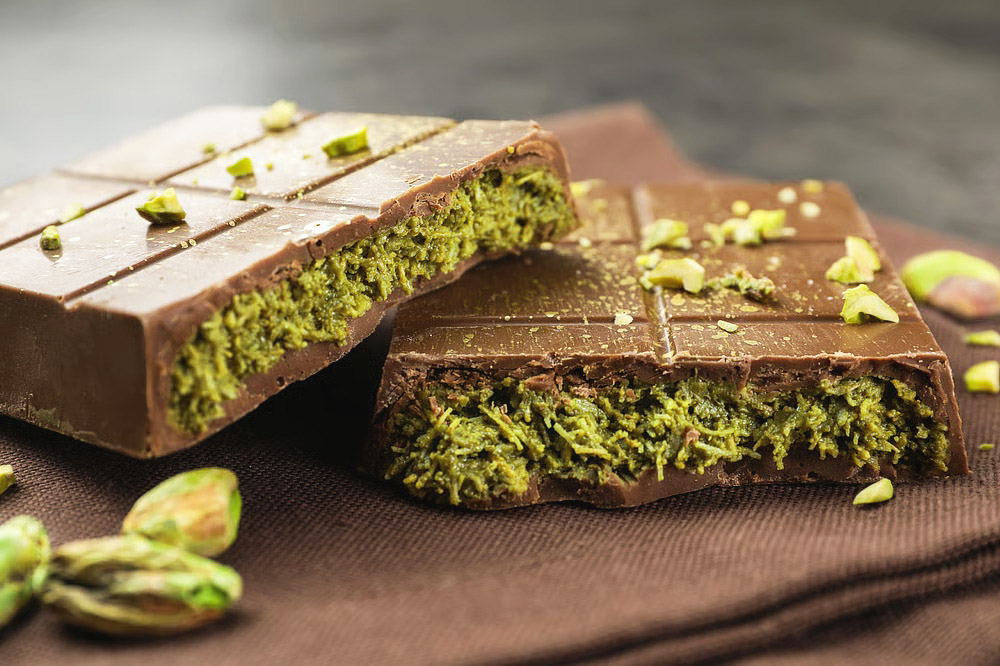Pistachio kunafa is more than just a sweet treat; it’s a symbol of Middle Eastern culture. Its vibrant green color and rich flavor make it irresistible for many. From festive Ramadan gatherings to special family recipes, this dessert holds a cherished place at the table. But have you ever wondered where this delicious pastry started and how it became a staple? Let’s explore the fascinating roots of pistachio kunafa, its regional styles, and its cultural importance. Understanding its history adds a new layer of appreciation for this beloved delicacy.
The Origins of Kunafa: Tracing Its Historical Roots
Early Beginnings in Middle Eastern and Levantine Cuisine
Kunafa’s story begins centuries ago in the Middle East and the Levant region. Ancient civilizations had sweet pastries, but kunafa as we know it today probably developed over time. Early versions used simple ingredients like dough and honey. It was likely influenced by the Ottoman Empire, which brought new techniques and flavors to the area. These early forms set the stage for what would become a regional favorite.
Evolution Through Islamic Golden Age
During the Islamic Golden Age (roughly 8th to 14th centuries), cooking innovations flourished. New pastry techniques and ingredients emerged, giving birth to many desserts still loved today. The craft of layering, syrup-infusing, and using nuts got perfected during this time. Kunafa was expanded beyond a simple sweet to a more refined treat, often reserved for festivals and celebrations.
Introduction of Pistachios into Middle Eastern Sweets
Pistachios, native to the Middle East and Central Asia, became common in sweets thanks to trade routes like the Silk Road. As traders brought these nuts into the region, they found their way into various desserts, including kunafa. Pistachios offered a unique flavor and texture, making the pastry richer and more appealing. Over time, their role in these sweets turned them into iconic ingredients representing prosperity and hospitality.

Regional Variations of Pistachio Kunafa
Levantine Versus Egyptian Kunafa Recipes
Many people think all kunafa is the same, but regional differences create unique styles. In Lebanon and Syria, the pastry often features a shredded phyllo dough called kataifi, layered with syrup and pistachios. Egyptian versions typically use semolina dough, giving a slightly different texture. The way pistachios are used, whether garnished on top or incorporated inside, varies too. Each variation showcases local tastes and traditions.
Influence of Ottoman Empire on Turkish and Lebanese Kunafa
The Ottoman Empire spread its culinary influence across many lands, including what is now Turkey and Lebanon. Turkish kunafa often includes a cheese filling, paired with pistachios, and is cooked in specialty copper pans. Lebanon’s recipes emphasize the crisp kataifi crust and generous pistachio toppings. Traditional techniques, like brushing with rose or orange blossom water, add authentic flavor. These regional touches make each version special.
Modern Adaptations and Fusion Trends
Today, chefs worldwide experiment with kunafa. They incorporate new ingredients like chocolate, caramel, or different nuts. Some make miniatures or use innovative presentation styles. Fusion recipes bring this ancient dessert into the 21st century, making it popular in international markets. Despite these twists, the core flavors of pistachio and syrup remain central.

Cultural Significance and Traditions
Festive and Religious Celebrations
Pistachio kunafa is a star at Ramadan, Eid, and other special days. It’s common to see it served at family gatherings and community festivals. The dessert symbolizes sweetness, hospitality, and unity. Its preparation often becomes a communal activity, linking generations around shared traditions.
Symbolism of Pistachios in Middle Eastern Culture
Pistachios carry meaningful symbolism. They represent prosperity, abundance, and good fortune. Sharing kunafa with loved ones during celebrations is seen as a gesture of goodwill. The green color of pistachios also connects to renewal and growth, making the dessert even more meaningful for holidays.
Family Secrets and Regional Pride
Recipes for pistachio kunafa are often passed down from parents or grandparents. Every family believes their way is the best, and this gives them a sense of pride. Recipes vary by region, and these differences reflect local identity. Preserving these secrets helps keep the culinary heritage alive and vibrant.
The Making of a Classic Pistachio Kunafa
Traditional Preparation Techniques
Traditionally, kunafa involves layering shredded phyllo dough or semolina dough with syrup. The nuts—especially pistachios—are sprinkled generously between layers or on top. After baking until golden, it’s drenched in aromatic sugar syrup infused with rose or orange blossom water. The goal is to get a crispy outside and a tender, tasty inside. The outside should be crunchy, while the inside stays moist and full of flavor.
Key Ingredients and Their Historical Significance
High-quality pistachios are the heart of the dish. Historically, only the best nuts were used, symbolizing luxury. The sugar, floral waters, and dough are simple but important. They bring balance and richness. Using real ingredients keeps the dish true to its roots. It preserves the original flavor and authenticity. When you choose fresh and genuine components, the dish stays faithful to tradition.
Modern Tips for Authentic Results
For the best result, use freshly shredded kataifi or semolina dough. Source high-quality, shelled pistachios for that authentic flavor. Baking at the right temperature and soaking in syrup while still warm helps it soak up the sweetness. Pay attention to presentation—garnish with extra pistachios for a stunning look.

The Future of Pistachio Kunafa
Trends in Gourmet and Fusion Cuisine
Chefs worldwide now explore gourmet versions. They might add unexpected flavors like lavender or saffron. Miniature portions and artistic plating make kunafa attractive in upscale cafes. Its popularity grows as a dessert that blends tradition with modern tastes.
Sustainability and Pistachio Cultivation
Growing pistachios faces challenges such as water use and climate change. Farmers and producers work on sustainable practices to meet the demand. Supporting eco-friendly farms helps preserve their availability and quality. This matters because the flavor of authentic pistachios defines true kunafa.
Preservation of Culinary Heritage
People are working to record traditional recipes and cooking methods. This effort aims to preserve these culinary traditions for future generations. Cooking classes, books, and online tutorials keep the knowledge alive. Sharing stories about the history behind pistachio kunafa fosters appreciation. These efforts ensure that future generations can enjoy the same traditions and keep the legacy alive.
Conclusion
Pistachio kunafa’s history is a story of cultural exchange, regional pride, and family traditions. Its roots stretch back centuries, shaped by trade, empire influences, and local customs. The dessert’s versatility today reflects both its ancient past and modern innovation. By understanding its history, we gain a deeper appreciation for this special treat. Whether enjoyed during a festive celebration or as a daily indulgence, pistachio kunafa remains a symbol of connection and tradition. So next time you savor a piece, remember its rich story that spans generations and borders. Celebrate its heritage, and maybe try making it yourself with love and respect for its journey.
Also Read: What Makes Dubai’s Chocolate Bars Special
Discover more from NoseyPepper
Subscribe to get the latest posts sent to your email.










Recent Comments